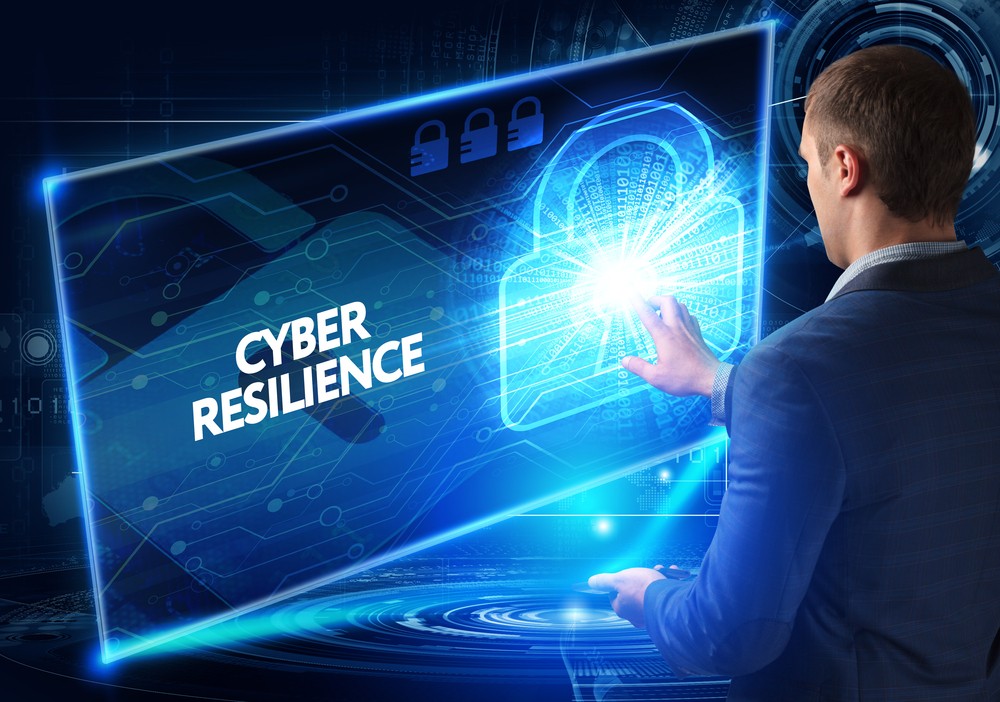Archive for August, 2023
Connect 2023 is back
Join us at Connect 2023 to discover the latest technological advances in IT, Power and Security, with an emphasis on Artificial Intelligence.
Outsource Group is delighted to sponsor this one day industry event on HMS Caroline showcasing solutions that can be implemented to drive efficiencies in your business.
There will be a trade exhibition with presentations delivered by industry experts and you will have the opportunity to tour this historic ‘floating museum’ and enjoy lunch and refreshments throughout the day.
Save the Date Thursday 28th September at HMS Caroline
Discover how the latest technologies, including Artificial Intelligence can benefit your business.
Register to attend RSVP | Connect 2023 (connect-event.co.uk)

NI SME Business Conference & Expo 2023
We are delighted to take part in the panel of speakers at the annual NI SME Business Conference & Expo. This year, the conference will take place on Thursday 28th September 2023 in the Canal Court Hotel & Spa, Newry.
It is supported by Principal Sponsor, Newry, Mourne and Down District Council, Supporting Sponsors, FSB Northern Ireland, British Business Bank and SRC.
You can view the full programme HERE and view the full list of exhibitors HERE who will be at the conference to provide help, support and advice on the day.
The conference will include a combination of keynote addresses, panel discussions and six workshops covering the most topical issues for SMEs.
DATE: Thursday 28th September 2023
TIME: 8am – 2:30pm (Breakfast & Lunch Included)
VENUE: Canal Court Hotel & Spa, Newry
COST: FREE for Newry Chamber Members
𝗕𝗢𝗢𝗞 𝗬𝗢𝗨𝗥 𝗣𝗟𝗔𝗖𝗘 𝗛𝗘𝗥𝗘: https://lnkd.in/erpVKzjz
The importance of cyber resilience
At our recent Cyber Resilience event, we emphasised the famous boxing quote, “everyone has a plan until you are punched in the face,” highlighting the importance of readiness in dealing with cyber incidents.
In the same way athletes train and prepare for major sporting events, organisations need to be ready for their own “big event” in the form of a cyber incident. Achieving true cyber resilience requires a cohesive team and strategy to tackle the challenges posed by skilled adversaries, going beyond the notion of “letting IT deal with it.” This involves being prepared for the technical, organisational, and psychological aspects of incidents like ransomware attacks or data theft.
With the increasing reliance on technology, cyber-attacks have become all too common in today’s world, making it crucial for organisations to assess the impact of such incidents and determine how to contain the threat and expel the intruder from their networks. To ensure effective response capabilities, organisations must invest in resources and skills. This involves creating a comprehensive recovery plan based on best practices, employing the right personnel, and establishing fail-safe processes that can function even when key participants are unavailable. It’s important to understand that cyber resilience is not solely reliant on technological solutions – it requires a holistic approach encompassing people, processes, and technology.
However, being prepared is just the first step. To validate the effectiveness of your cyber resilience strategy, it is vital to have an intimate understanding of your business, its critical components, and how to restore them in the aftermath of an attack. To achieve this level of understanding, it is recommended to regularly and rigorously test your recovery plan. This testing helps to identify any gaps in the plan and ensure a smoother recovery process.
One highly effective method for enhancing the necessary skills and capabilities to achieve resilience is by conducting a cyber tabletop exercise. A cyber tabletop exercise is a simulated scenario that enables organisations to test and evaluate their preparedness and response capabilities in the event of a cyber incident or breach. It serves as a training tool for key stakeholders involved in managing and responding to cybersecurity incidents, including IT staff, executives, legal teams, and public relations representatives. The exercise takes place in a conference room or virtual environment and is based on realistic threats or previous incidents to provide a relevant and meaningful experience for the participating organisation.
During the exercise, participants assume specific roles and responsibilities, such as incident responders, incident commanders, legal advisors or media relations representatives. They are presented with a simulated event that unfolds gradually, and they must collaborate, make decisions, and take appropriate actions to respond to the evolving situation and adapt to new challenges that arise in a fast-moving environment.
The tabletop exercise serves several purposes:
- Testing response plans: By simulating real-world scenarios, organisations can identify gaps, weaknesses, and areas for improvement in their response strategies.
- Enhancing communication and coordination: The exercise promotes communication and coordination among different teams and stakeholders involved in incident response. It enables participants to understand each other’s roles, responsibilities, and decision-making processes, fostering better collaboration and coordination during a real incident.
- Identifying strengths and weaknesses: Through the exercise, organisations can identify their strengths, areas of expertise, vulnerabilities, and limitations in their incident response capabilities. This knowledge allows them to prioritise investments in training, external resources, and improvements to enhance their overall cybersecurity posture.
- Practicing decision-making: The exercise provides a safe environment for participants to practice making critical decisions under pressure. They can explore different response strategies, evaluate the potential consequences of their actions, and learn from their mistakes without real-world repercussions. It is better to fail during the exercise than in a real incident.
- Building familiarity with procedures: Tabletop exercises help participants become familiar with the incident response procedures, protocols, and tools that would be utilised during an actual cyber incident. This familiarity improves efficiency and effectiveness during a real incident, as responders are better prepared and more confident in their actions. It also helps external resources understand the organisation’s procedures and be better prepared to assist in an incident. This process strengthens the organisation’s cybersecurity posture and preparedness to handle real-world cyber threats.
Being aware of the latest cyber threats is a fundamental aspect of a good cyber resilience strategy. Understanding these threats enables organisations to better predict, detect, and respond to them. Conducting a tabletop exercise to test the ability to respond is critical for maintaining a high standard of cyber hygiene and informing the cybersecurity strategy.
A mature cybersecurity strategy that encompasses all aspects of threat identification, impact mitigation, and service recovery is essential. The current landscape in most organisations is characterised by technical dependency, and the rise of hybrid working models has blurred the boundaries of an organisation’s perimeter, making it harder to secure. The days of heavily investing in preventive security measures with the aim of blocking threat actors are no longer sufficient.
A paradigm shift is occurring in cybersecurity, with organisations embracing strategies such as “zero trust” that prioritise resiliency in the face of inevitable incidents. This shift necessitates partnering with strong cybersecurity providers who have the necessary technologies and knowledge to prevent or mitigate incidents while also understanding the organisation’s business context.
Ultimately, cyber resilience must be an integral aspect of a contemporary business strategy. With the increasing threats and sophistication of cyber-attacks, understanding your business’s assets, how technology supports business objectives, managing technology risk, focusing on recovery, and staying abreast of the latest threats are non-negotiable aspects.
Furthermore, it is essential to remember that a cyber resilience strategy is only as strong as its weakest link. Regular testing and investment in resources are paramount to ensure that your organisation remains strong in the face of cyber threats.
